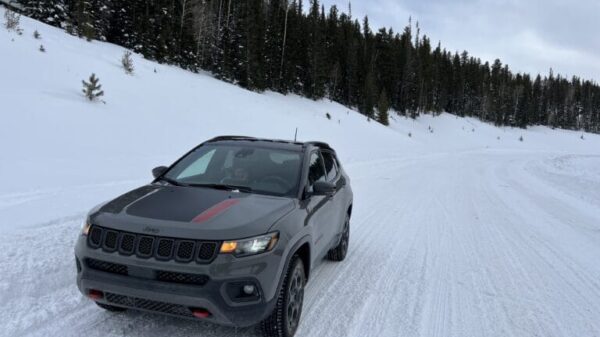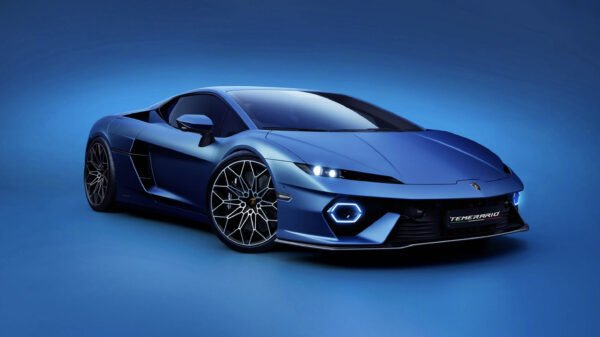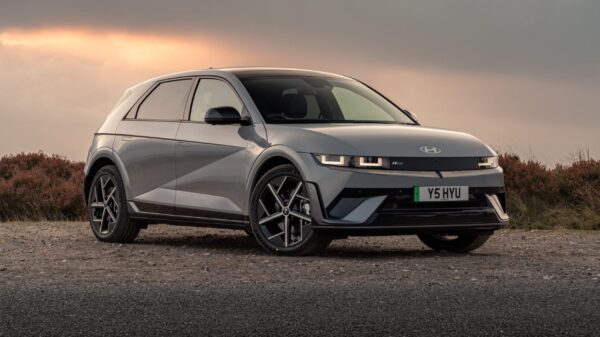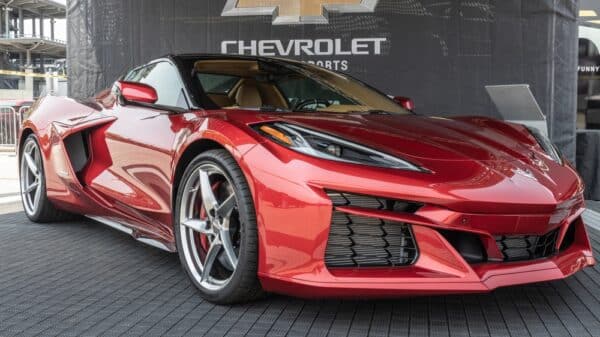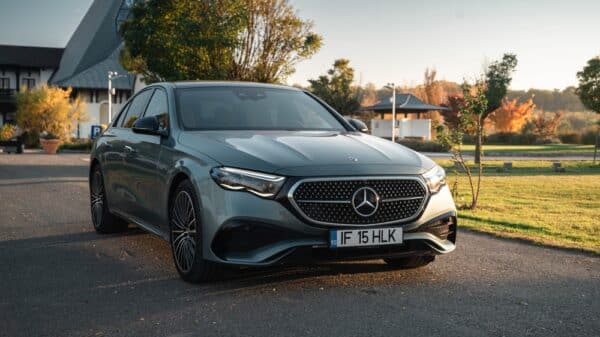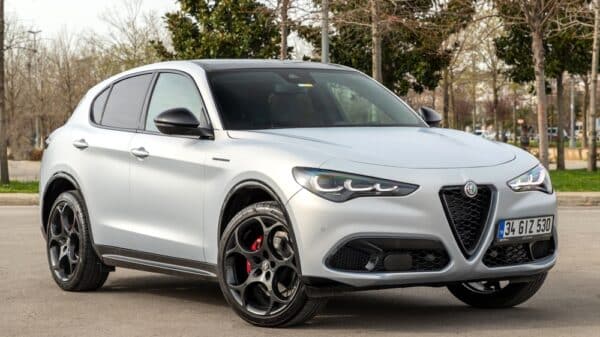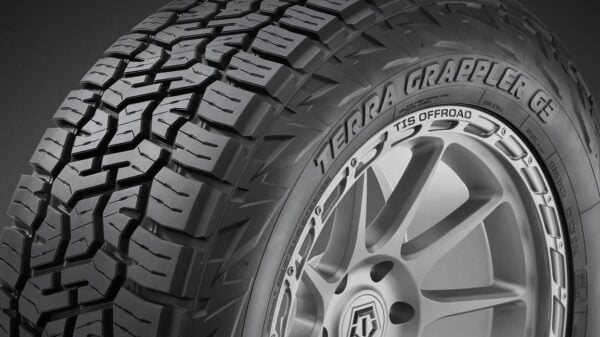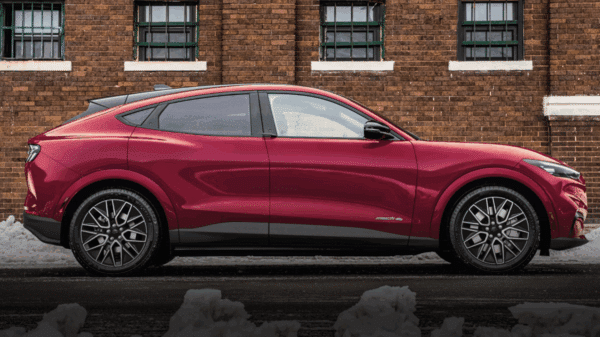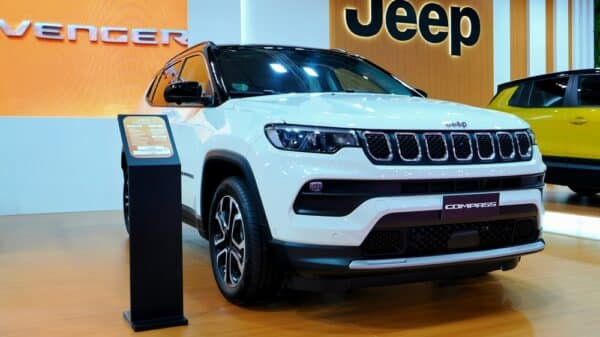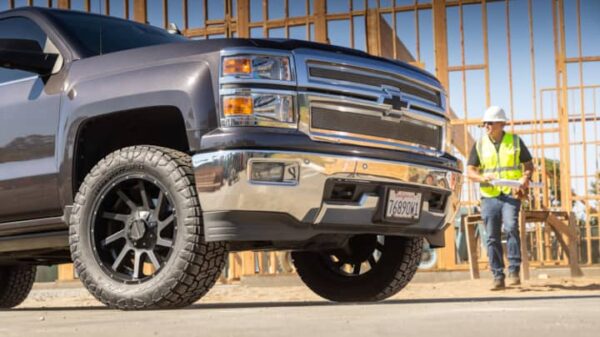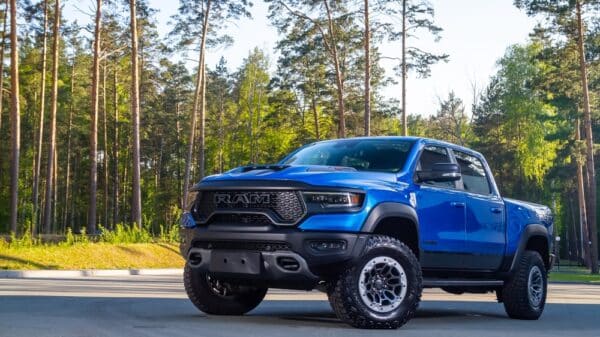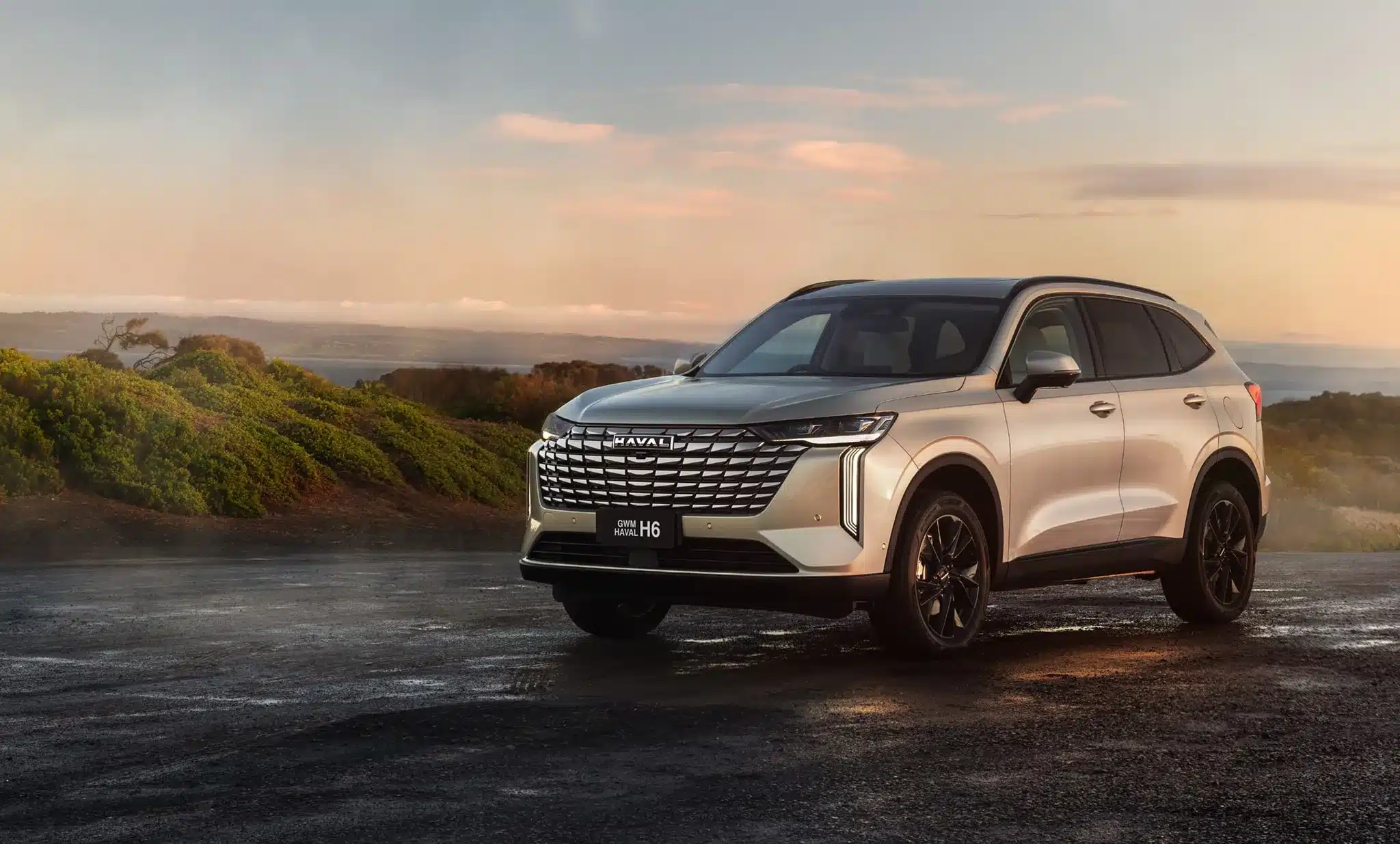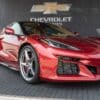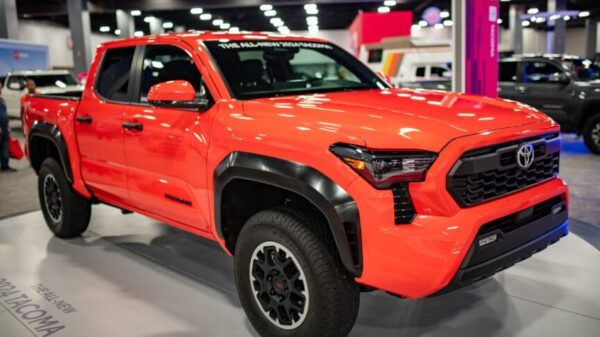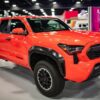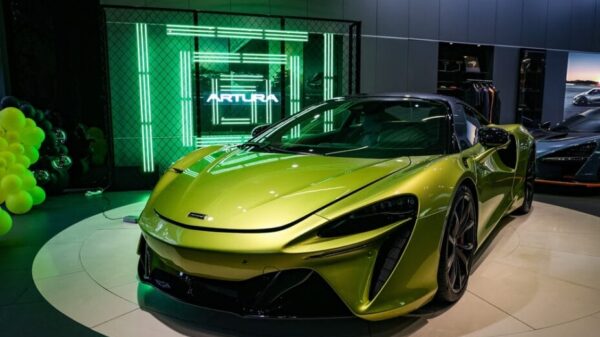Great Wall Motors (GWM) has transformed from a lesser-known entity into a formidable player in Australia’s automotive landscape. The brand, once regarded as marginal, has made significant strides with its appealing products, competitive pricing, and steadily growing recognition among consumers.
Performance Indicators: GWM’s Market Penetration
The upward trajectory of GWM is evident in its sales figures. Previously operating under the radar, the brand achieved a notable milestone last year by entering the top 10 best-selling brands in Australia, moving 42,783 vehicles. This achievement positioned GWM as the second best-selling Chinese automaker, trailing only behind MG, and even surpassing established firms like Volkswagen.
A significant portion of this growth stemmed from GWM’s Haval division, which reported sales of 26,660 vehicles in 2024. Among its offerings, the H6 model stands out and has undergone updates for the 2025 model year. The previous version was competent and popular, yet faced tough competition. The latest H6 aims to elevate the driving experience and has shown promising improvements. We recently had the opportunity to assess the mid-range Ultra HEV 2WD for a week to explore its features.
QUICK FACTS
Haval’s Diverse Lineup
Haval presents a range of options for potential buyers considering the H6. The pricing starts at AU$35,990 (approximately $23,700) for the base Lux model, ascending to AU$38,990 ($25,700) for the Ultra, and AU$40,990 ($27,000) for the Lux HEV. The lineup continues with the Ultra HEV 2WD at AU$43,990 ($29,000), Lux PHEV at AU$44,990 ($29,800), Ultra HEV AWD at AU$47,490 ($31,300), Ultra PHEV 2WD at AU$47,990 ($31,700), and the premium Ultra PHEV AWD at AU$50,990 ($33,700).
Both hybrid variants share the same powertrain configuration, differing in drivetrain types with one being front-wheel drive and the other all-wheel drive. Power is generated from a 1.5-liter turbocharged four-cylinder engine paired with an electric motor, producing a combined 179 kW (240 hp) and torque of 530 Nm (391 lb-ft), which is quite impressive, especially in the torque department.
Design Enhancements
While the aesthetic updates to the new H6 may not be groundbreaking, it certainly embodies a more refined and sophisticated look compared to its predecessor. Highlights include a prominent front grille reminiscent of luxury brands like BMW, accompanied by distinctive headlights featuring LED daytime running lights. The interior design has also seen significant upgrades.
Unlike its predecessor, which appeared outdated shortly after its release, the new model’s cabin employs a modern approach. At the heart of the interior is a 14.7-inch free-standing infotainment system, elevated from previous versions found in GWM’s other models, such as the Tank 500 and Cannon Alpha. It offers an improved user experience and serves as the hub for climate controls, supported by physical shortcut buttons beneath the central air vents for convenient navigation.
Both wireless Android Auto and Apple CarPlay are standard features, complemented by a wireless phone charging pad and well-designed accents, including metallic speaker grilles and a soft-touch center console. The cream leather upholstery in our test model enhanced the overall ambience, making the cabin feel more spacious and inviting.
Challenges with Ergonomics
However, the steering wheel remains a point of contention. Retaining the same design as the previous H6, it is arguably one of the least ergonomic I have encountered. The thickness of the spokes can make it uncomfortable to hold, particularly in the 9 and 3 o’clock positions. Additionally, the button layout can be confusing, as some control functions overlap, leading to a less intuitive experience for drivers.
Interestingly, the online configurator hints at a new two-spoke steering wheel design that could potentially address these issues in the future.
The driver monitoring system has also seen improvements, relying less on complicated cameras and instead effectively tracking steering input and touchscreen use, simplifying the process of ensuring driver alertness.
Powertrain Performance Analysis
The plug-in hybrid configuration in the new H6 mirrors some shortcomings seen in other GWM models like the Tank 500 and Cannon Alpha. The primary concern arises during acceleration from a complete stop; there can be a brief delay before the vehicle responds when moving from a cold state. The powertrain’s indecisiveness between electric and combustion propulsion can lead to frustrating moments at traffic lights.
Besides this latency, the H6 HEV often struggles with wheelspin and torque steer, given its substantial power output. This can be particularly evident during aggressive driving, where it may exhibit wheelspin under various conditions, which might be disconcerting for many users. The AWD variant is expected to mitigate some of these traction challenges.
Conversely, the one-pedal driving mode adds a modern touch to the experience; while it may not rival the performance of many electric vehicles, it facilitates easier urban commuting. On the highway, the H6 operates quietly, effectively using electric power to enhance fuel economy, achieving a 0 to 100 km/h speed in just 7.5 seconds.
During our evaluation, we managed an impressive fuel efficiency rate of 5.2 l/100 km (45.2 US mpg), in line with Haval’s claims. A highway trip yielded even better results, dropping to 4.7 l/100 km (50 US mpg).
The vehicle employs electric power-assisted steering, which contributes to its easy maneuverability, especially in congested spaces. However, feedback through the wheel may be limited, which might not satisfy those looking for more connection to the road.
Safety Features and Driving Aids
The H6 HEV Ultra is equipped with essential safety features, such as lane-departure warning, lane-keeping assist, and lane-centering assistance. While these technologies function adequately, they do not match the proficiency levels seen in competitors from brands like Hyundai and Kia; rather than maintaining a centered trajectory, the H6 tends to drift inconsistently between lane markings.
Final Evaluation
The Haval H6 Ultra HEV 2WD exhibits stylish aesthetics coupled with a well-constructed interior. However, GWM still has to refine the drivetrain to reach its full potential. Despite these areas for improvement, the H6 represents a step forward, and the upgraded cabin is a significant enhancement over its predecessor. With Haval’s growing presence in Australia, prospective buyers are likely to show keen interest in exploring this model at local dealerships.





